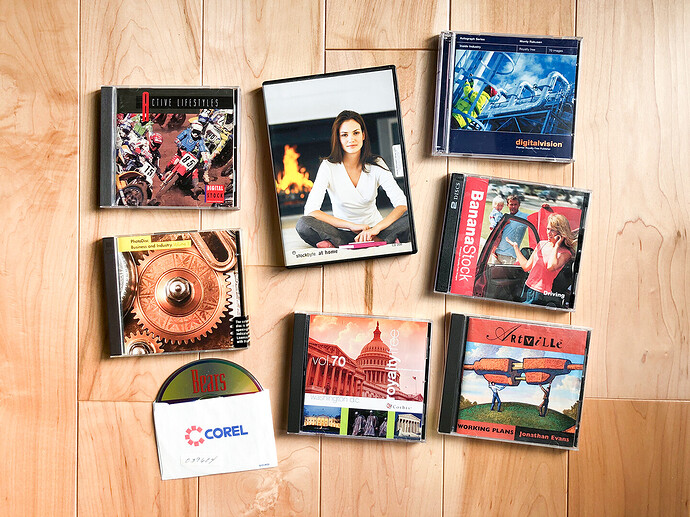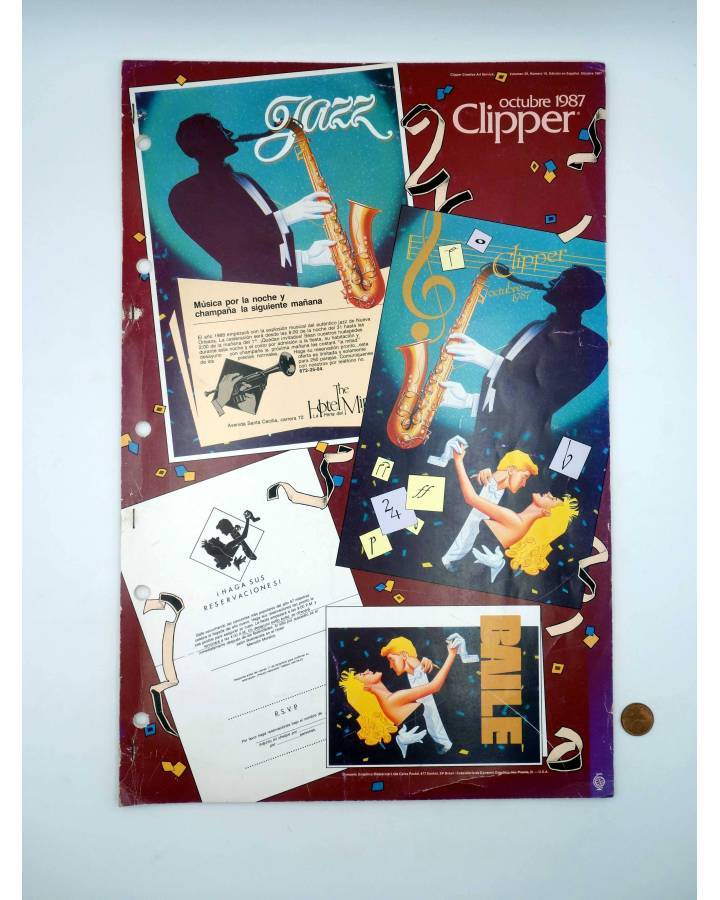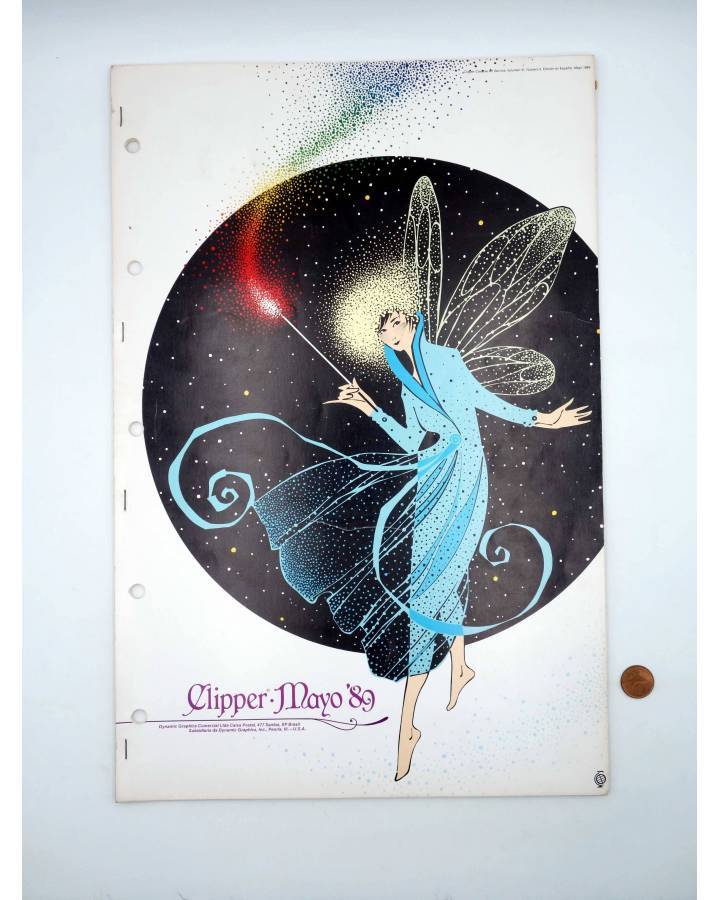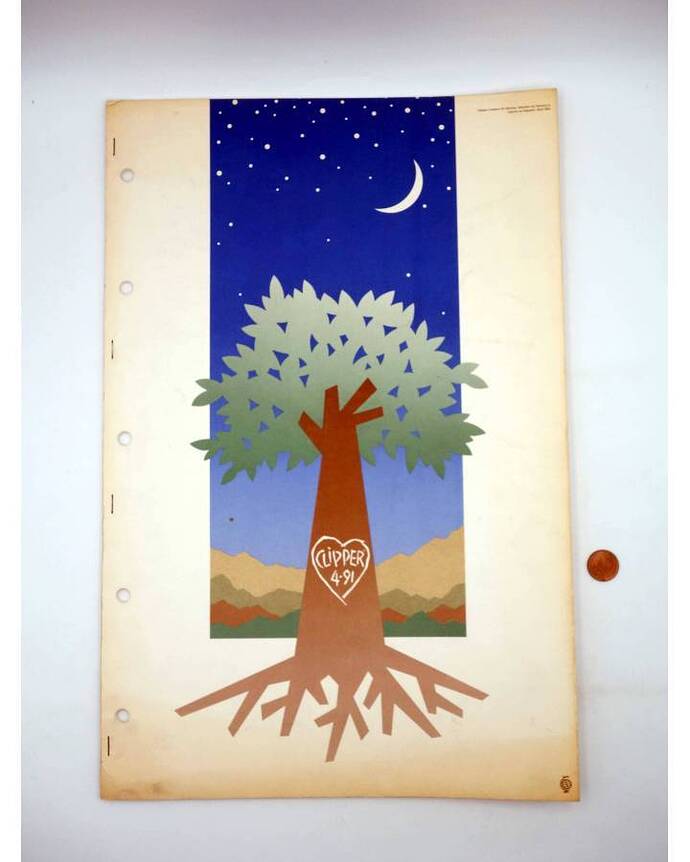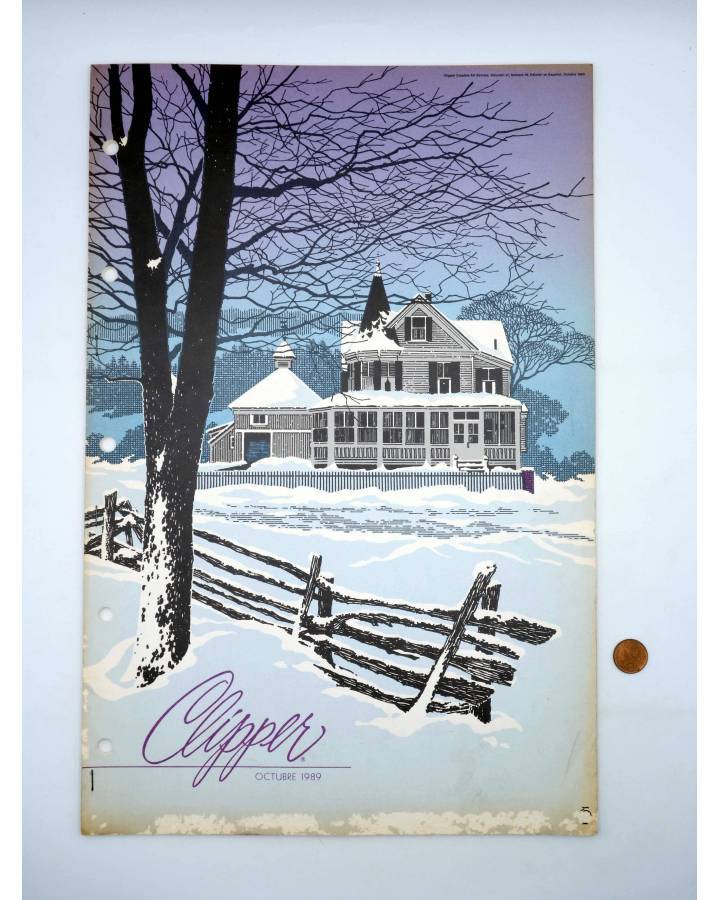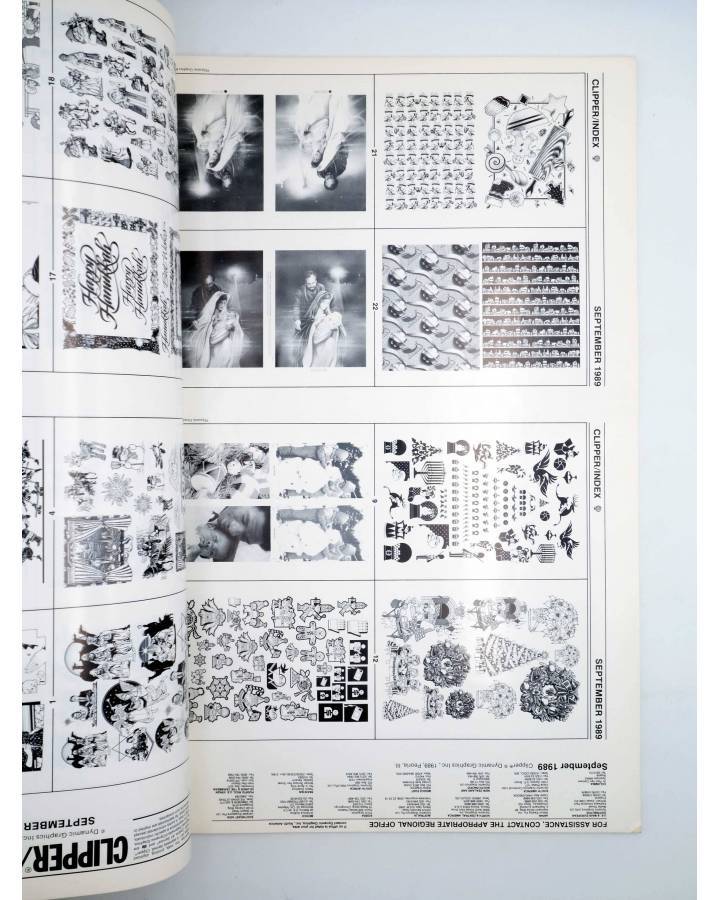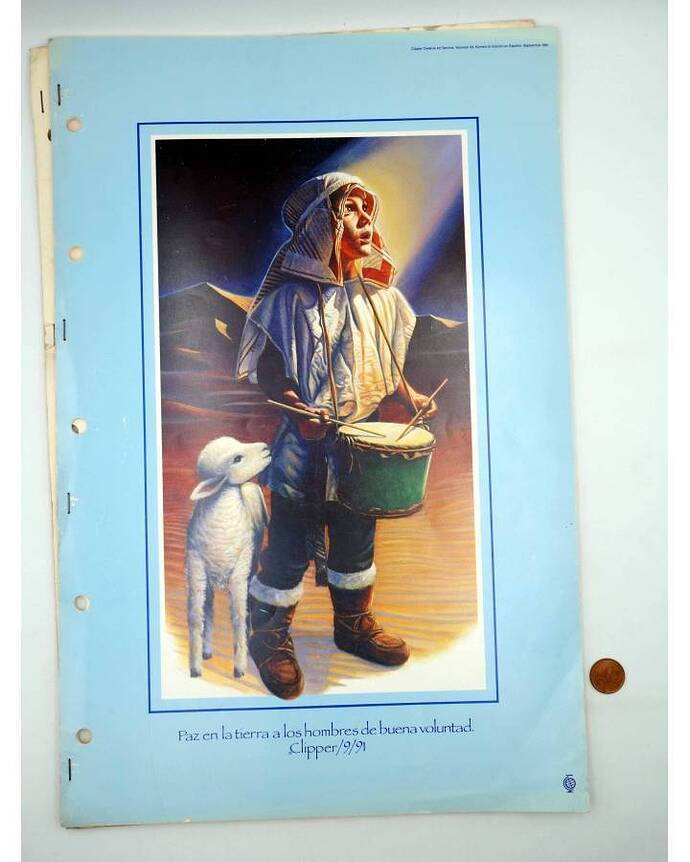That’s what my poorly worded second paragraph was sort of getting at, which I threw in as sort of an afterthought that I didn’t fully explain since it would have taken the whole post down a rabbit hole.
Going down that rabbit hole…
Yes, photographers have had a rougher time of it than graphic designers due to digital cameras, photoshop, Photoshop, cheap stock photo sites, and the free photo sites. I would guess that somewhere around 80% of the photographers I’ve known have moved on to other things because their business has all but dried up. Wedding photographers are probably doing alright, but that’s about it. Whether free photos or cheap royalty-free stock photos, there’s either no money in it or just pocket change, which is what I was trying to say.
There are a couple of other current threads on this forum where the original poster is looking for free photos, mentioning the cost of royalty-free photos being too high and the rights-managed Getty photos being ridiculously expensive. This is what it’s come to for photographers — nobody realizes what it takes in both time and expense to shoot a good photo.
There’s travel, equipment and, usually a half day or even a full day spent on a location shot, and that doesn’t even include the cost of models, support people or the post-processing work. People have come to think of photos as being things that ought to be free — any charge at all is too much. And then they complain about the quality.
Over the years, when I was the CD at various agencies and publications, we would routinely hire photographers. I remember a few location shoots where the photographer charged over $15,000 for a day’s work. Today, I’d be hard-pressed to justify that kind of expense when I could likely find somebody’s passable snapshot on iStock for $15.
At the newspaper where I used to work, we had somewhere around 10–12 full-time photographers going out with reporters on stories. Today, reporters are pretty much just expected to go it alone and shoot a passable photo (and video) with their smartphones.
So as I mentioned, no matter what happens with UnSplash and Getty, photographers will get screwed.
I don’t take Getty at their word. Yes, what they said about the photos staying free will continue to be the case since they can’t change the agreements they had with the “photographers” who uploaded the photos.
However, looking down the road, I’m pretty sure that UnSplash won’t be what it is now for all that much longer. Instead, it’ll be more Gettyized in some fashion that veers off from the free photo model and just uses it as a hook of some kind for something else.
Case in point: if I remember correctly, iStock photos were at one time about $3–4 apiece and could be purchased by anyone on a one-at-a-time piecemeal basis. Today, now that they’re a Getty company, not only have the photos tripled and quadrupled in price, they’re no longer available as one-off purchases without plunking down money for credits to buy several more. And if you’re an agency with more frequent needs, those credits turn into yearly contracts that start at several thousand dollars. Of course the other royalty-free stock sites are doing the same.
We’re in a situation, whether photographers, illustrators or designers, where a few companies, like Getty or Fiverr or take your pick, are raking in billions of dollars while their crowdsourced content creators scrape by on pocket change.
